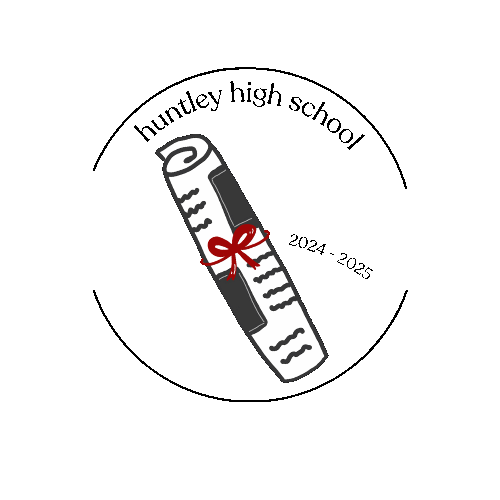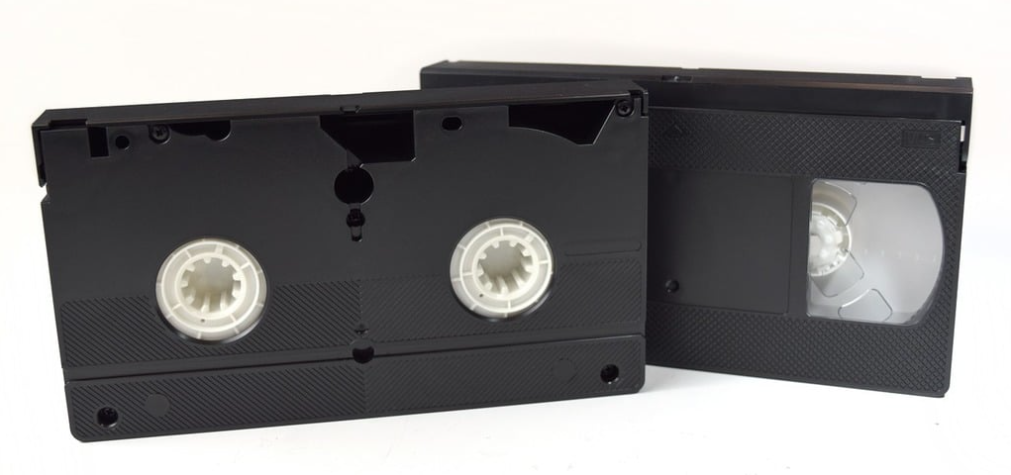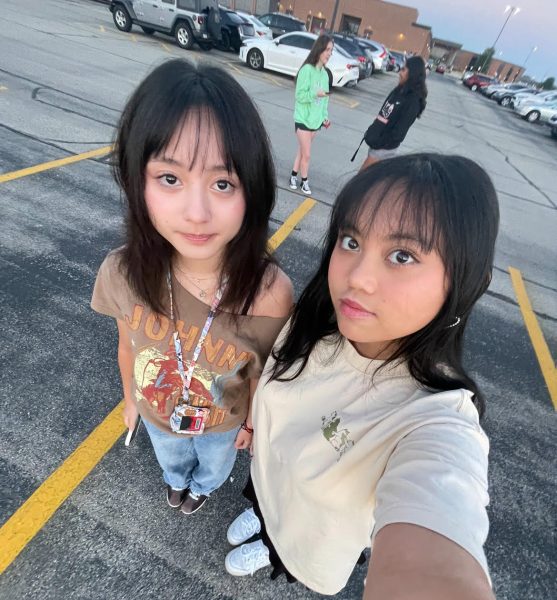Analog has been rising in popularity as a horror subgenre. Using dark, grainy, and eerie footage, it is meant to instill a sense of unease and terror with distorted human faces. It uses oddly familiar images inspired by VHS footage, making the viewers feel a weird, nostalgic sense of fear.
Characterized by static sounds, old and distorted visuals, and chopped films, analog horror tapes usually attempt to mock found-footage videos and documentaries. This form of entertainment has gained traction due to the nostalgic and weirdly realistic feel of the distorted images. The home video aesthetic adds a new and interesting spin to horror entertainment, keeping horror enthusiasts interested in the topic.
The most intriguing aspect of this genre is its ability to connect with the fear of the unknown. It began gaining popularity in the early 2000s due to movies such as “The Blair Witch Project” and “The Poughkeepsie Tapes.”
This sparked the creation of one of the first intentional analog horror series, a 2009 short film known as the “No Through Road.” Since then, many creators have made popular series and stories based on these, such as “The Mandela Catalogue,” “Local 58,” and “The Walten Files.”
These series commonly begin with a seemingly ordinary scenario in pixelated video games, camera footage, or TV series that soon takes a terrible turn, with the faces of the characters becoming dark and distorted, building a feeling of paranoia and fear.
More recently, analog horror has strayed away from full series and short films. Creators on Instagram and TikTok post short, silent images of the dark inside of houses at night with faint images of human-like creatures with disfigured faces in the background. They usually try to mimic the creepy images people imagine could be in the darkness of their homes. This innovative form of horror is redefining how we experience fear and how we view horror entertainment today.


